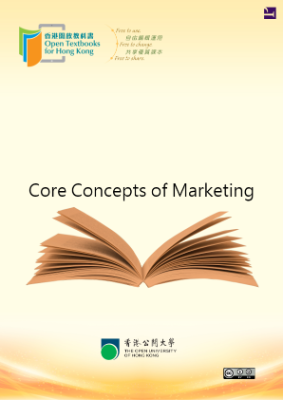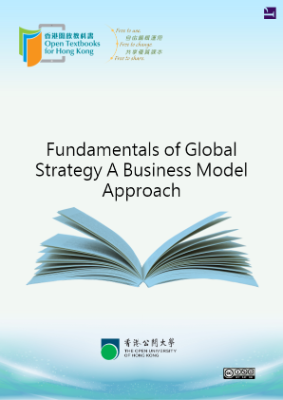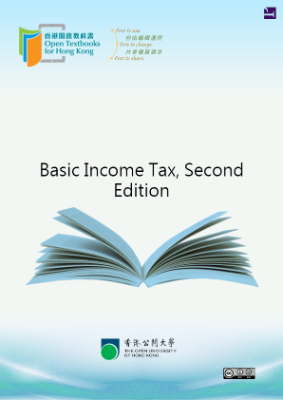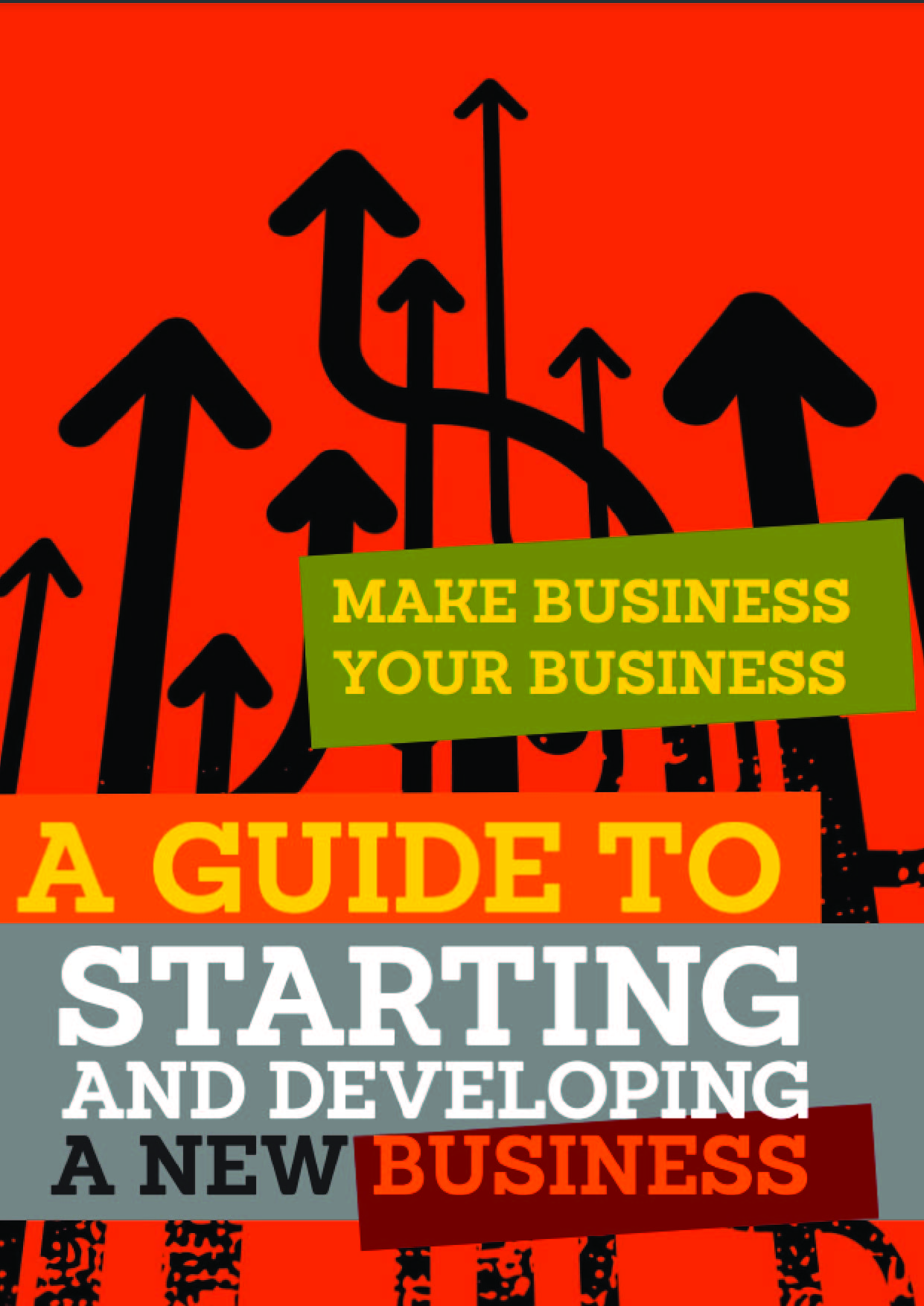Through good economic times and bad, marketing remains the pivotal function in any business. Determining and satisfying the needs of customers through products that have value and accessibility and whose features are clearly communicated is the general purpose of any business. It is also a fundamental definition of marketing. This text introduces students to the marketing strategies and tools that practitioners use to market their products.
BALANCED COVERAGE
To emphasize how various marketing areas work together to create a cohesive strategy, I define and explain the various marketing areas and their comparative strengths and weaknesses, as well as stress how to best “mix” marketing tools in a strategic, integrated plan. The book begins with a discussion of the marketing planning process, continues with a discussion of the preliminary tasks of developing the plan, and concludes with the tactics available to the marketing planner. This complete coverage ensures that students will learn how to plan, execute, and evaluate a marketing program that is effective and efficient from start to finish.
INTERNATIONAL AND TECHNOLOGY COVERAGE
The chapter INTRODUCING MARKETING recognizes the impact of the global community on marketing practices. International implications are discussed in MARKETING IN GLOBAL MARKETS and are also integrated into the text through relevant examples.
Technology is altering many marketing practices. The World Wide Web. databases, tracking devices, and market simulations are only a few examples of the ways technology has affected marketing strategies. Technology coverage is woven throughout the text, features, and end-of-chapter materials of this book. (Note that because technology is changing so rapidly, it is virtually impossible for a text such as this to remain absolutely current.)
CURRENT EXAMPLES FROM ALL TYPES AND SIZES OF BUSINESS
This book demonstrates how companies use marketing. Specific examples appear not only in text discussions, but also in the chapter openers, the “Integrated Marketing” and “Newsline” boxes, and the end of chapter cases. Examples and stories bring theory to life, demonstrating the relevance of the reading. The example subjects are vivid, current, and varied. They range from Fortune 500 companies to smaller, privately held businesses. The text also focuses on international companies of all sizes.
Learning is not always about success stories. Diagnosing problems and failures is an important aspect of critical thinking, and examples of such are introduced to challenge students to learn from others’ mistakes and better manage real-world problems.











